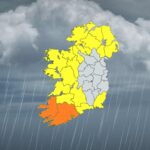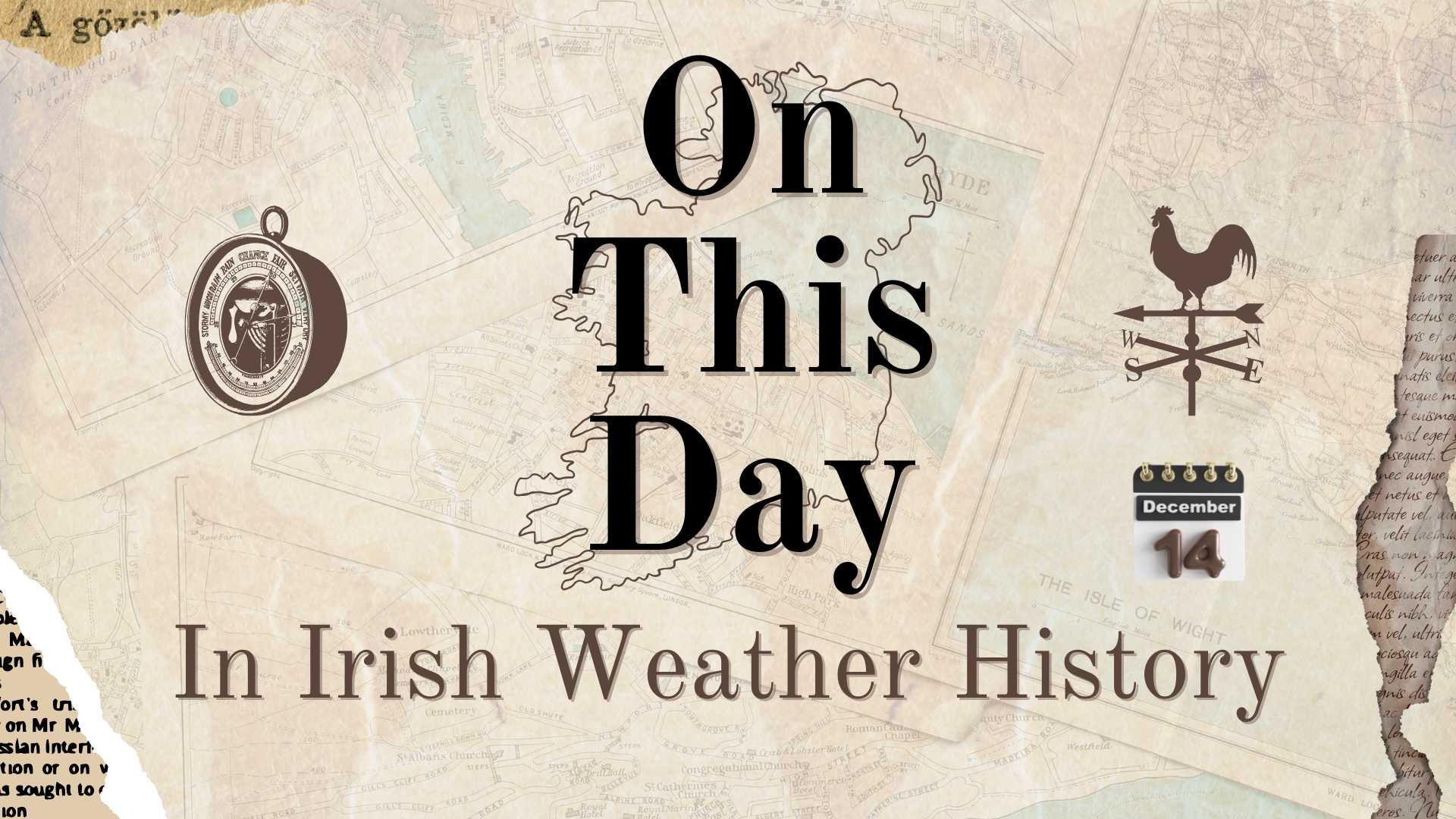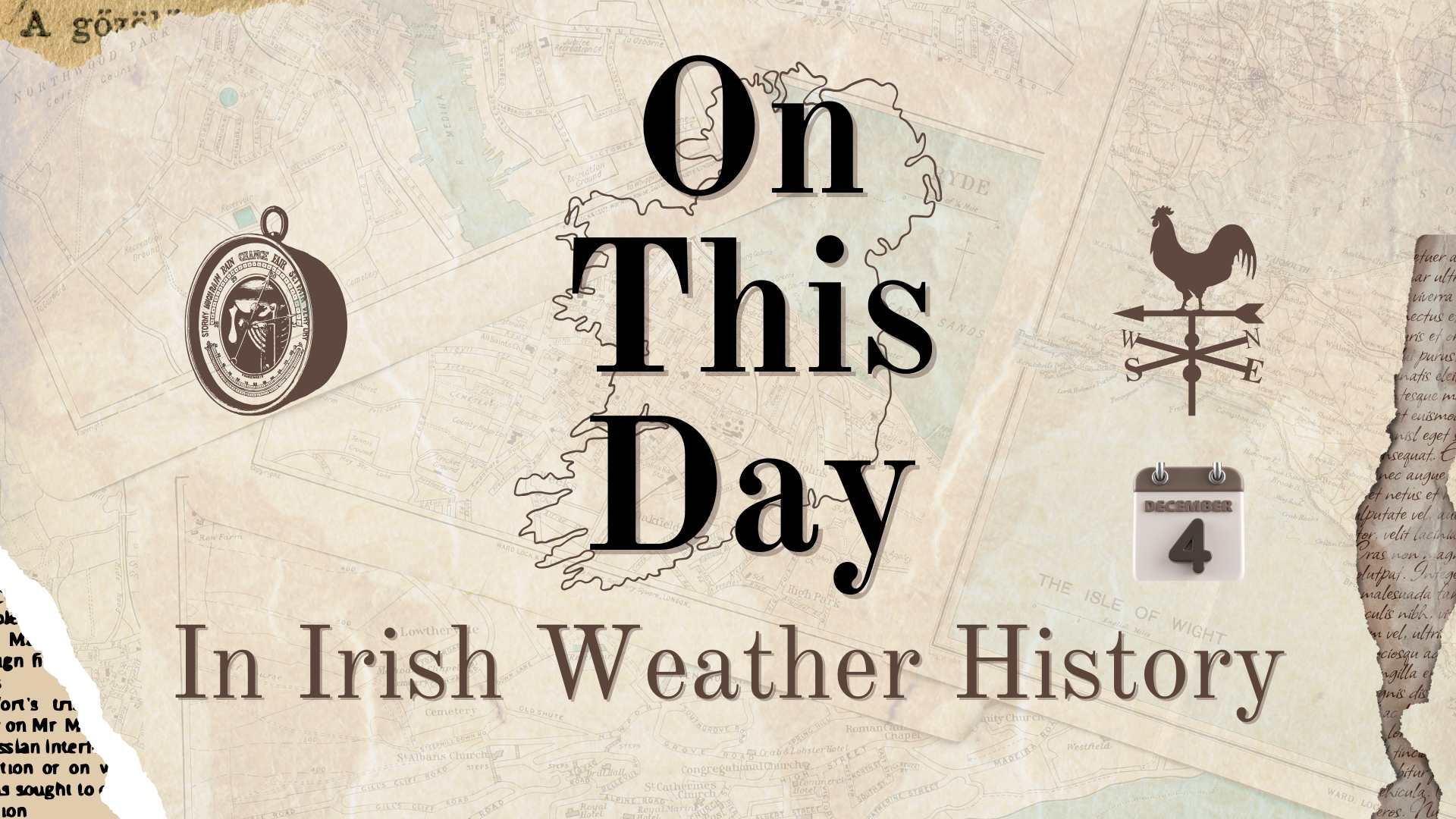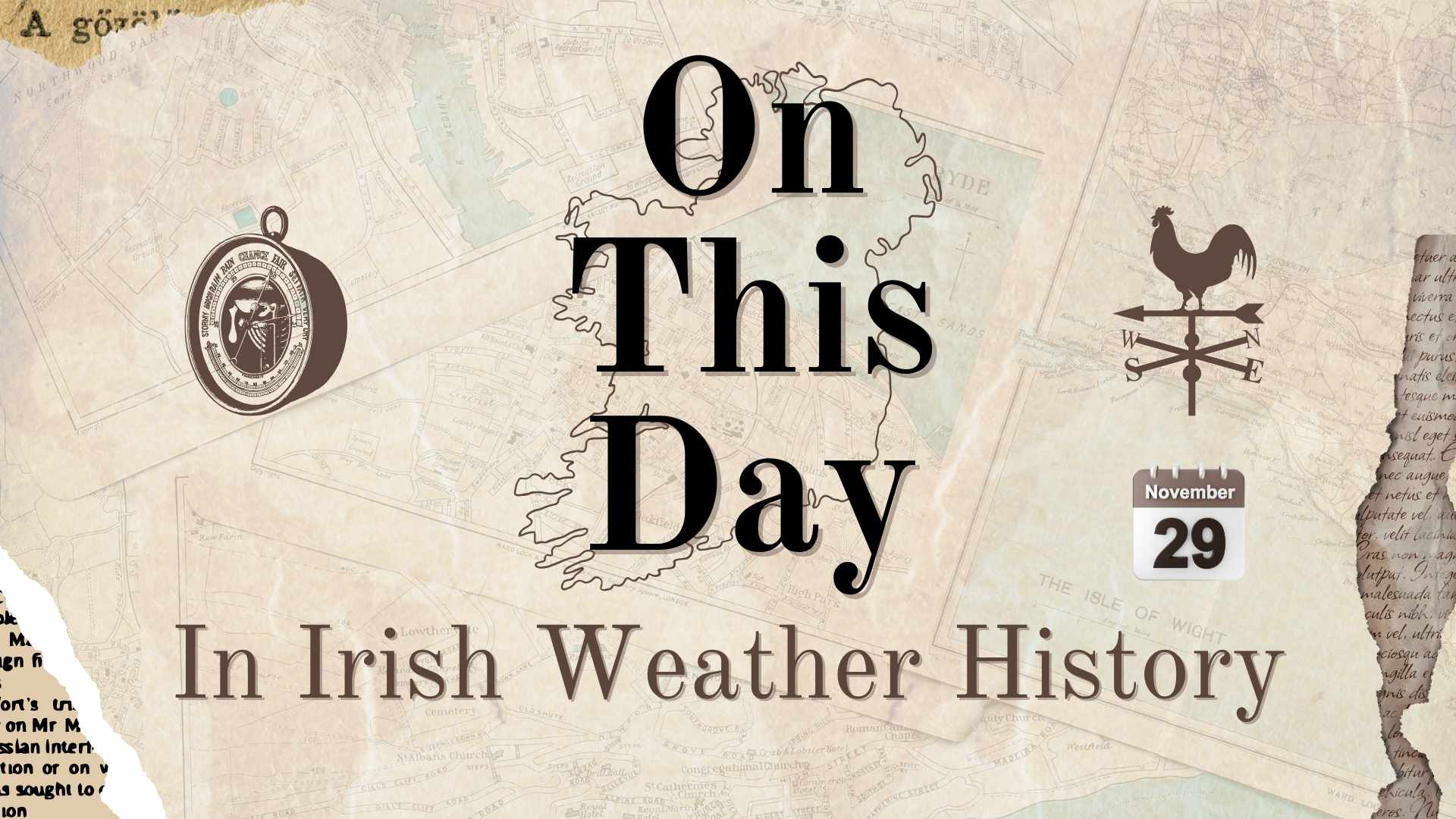
The Big Wet: Mayo’s Record October Floods
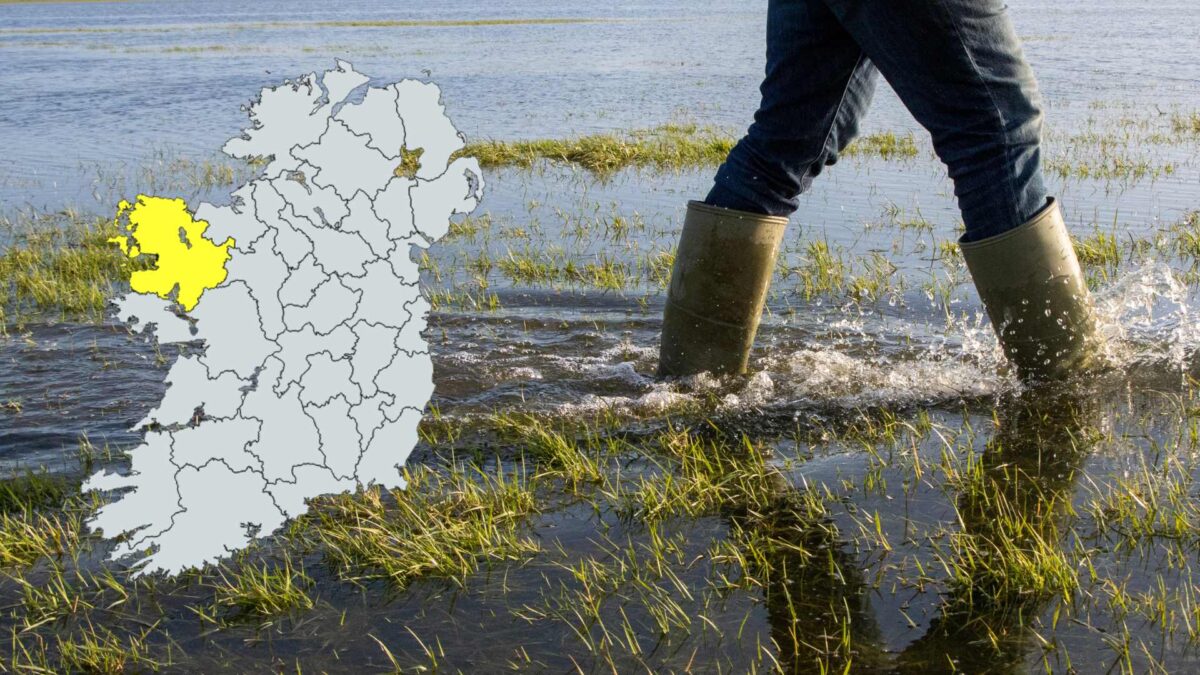
The period of 27-28 October 1989 saw an exceptionally severe rainfall event across the west and northwest of Ireland, leading to major flooding particularly in County Mayo and County Donegal. The event was characterised by unusually high rainfall totals and a prolonged duration of precipitation.
The extreme weather was caused by a slow moving Atlantic depression that stalled over the region. This system continuously drew warm, humid air from the South Atlantic, which, upon contact with cooler air, produced a sustained band of heavy rain that lingered over Connacht and west Ulster for approximately 40 hours.
The severity of the rainfall is highlighted by the Met Éireann data from the 24-hour period spanning 09:00 on 27 October to 9am on 28 October:
- Crossmolina (Castlehill, Co. Mayo) recorded 118 millimetres (mm).
- Ballina (Co. Mayo) recorded 113 millimetres (mm).
- Belmullet (Co. Mayo) recorded over 130 millimetres (mm) in the 36 hours leading up to the morning of the 28th, with a 24-hour total of 87.3 mm to 9am on the 28th.


The daily totals at Crossmolina and Ballina were assessed at the time as far in excess of any other one-day rainfalls at these stations since records began in 1944, and had an estimated return period in excess of 100 years in parts of Mayo and Donegal.
The consequences were immediate and severe. River systems including the River Moy and its tributaries saw rapid water level increases, leading to widespread flooding of low lying land and fields. Farmyards and rural properties around areas like Ballina and Crossmolina were hit as water runoff overwhelmed saturated ground.
The primary disruption was felt across the agricultural sector and local infrastructure. Farmers had to move livestock to safety as fields became submerged. Access was restricted with road closures and travel disruption reported across Mayo, Sligo and Donegal.
The severity of the damage prompted political action. By early December 1989 the flooding was raised in Dáil Éireann with a request for financial provision to compensate for flood damage to non-insured properties in County Mayo. The event continues to serve as a vital case study for the effects of persistent high intensity rainfall in Ireland.
Met Éireann report on the weather event.
Share this WeathÉire story:
